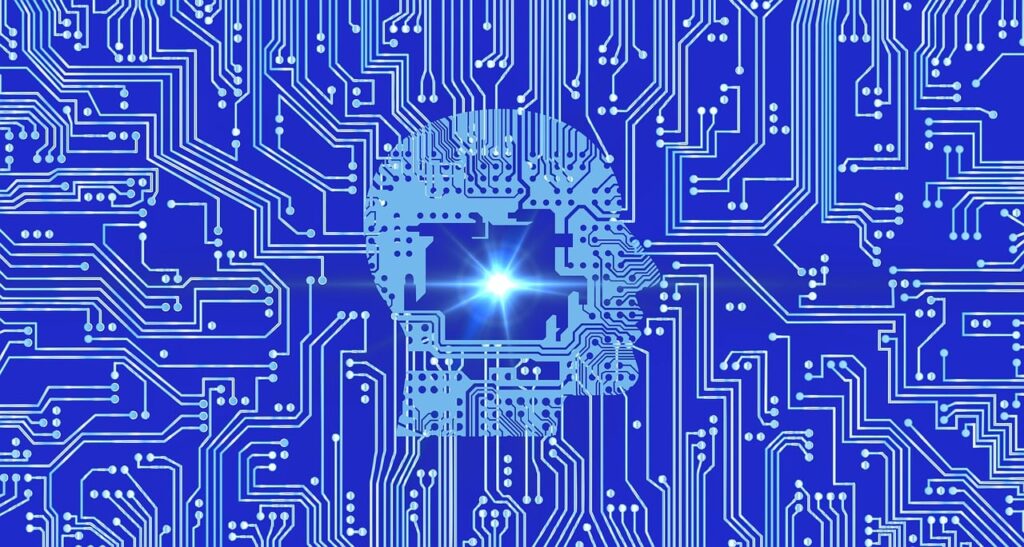In the ever-evolving landscape of cybersecurity, one of the most pressing challenges is the rise of AI-driven hacking attacks. As artificial intelligence becomes increasingly sophisticated, malicious actors are harnessing its power to create more potent and adaptive threats. To safeguard our digital world, it’s essential to understand these AI-driven attacks and the strategies to defend against them.

Understanding AI-Driven Hacking Attacks:
AI-driven hacking attacks refer to cyberattacks in which artificial intelligence and machine learning technologies are employed to enhance the attacker’s capabilities. These attacks leverage AI’s ability to analyze data, automate tasks, and adapt to changing circumstances. As a result, they are more efficient, precise, and evasive than traditional hacking methods.
AI in Hacking: Friend or Foe?
AI plays a dual role in the realm of cybersecurity. On the one hand, it’s a valuable asset for defenders, empowering them with tools to detect and mitigate threats. On the other hand, it poses a significant challenge when used by malicious actors to develop AI-driven attacks. The question is: how can we defend against AI-driven hacking attacks while also leveraging AI for defense?
Defending Against AI-Driven Attacks:
The battle against AI-driven hacking attacks requires a multi-faceted approach that combines technology, education, and collaboration. Here are some essential strategies to bolster your defenses:
1. AI-Powered Threat Detection:
Leverage AI for threat detection. AI can analyze vast amounts of data to identify unusual patterns or behavior that may signal a cyberattack. Implement AI-powered intrusion detection systems that can quickly recognize and respond to anomalies in your network traffic.
2. Behavioral Analysis:
Use AI to monitor user and network behavior. AI systems can learn what normal activity looks like within your organization and flag deviations. This proactive approach can help you identify unauthorized access or malicious activities before they cause significant damage.
3. Predictive Analytics:
Harness AI’s predictive capabilities to stay one step ahead of attackers. By analyzing historical data and trends, AI can predict potential vulnerabilities or emerging threats. This foresight enables you to take proactive measures to strengthen your defenses.
4. Anomaly Detection:
Implement AI-driven anomaly detection systems that can identify unusual patterns of activity, even if they don’t match predefined attack signatures. This can be particularly effective against AI-generated malware, which often lacks recognizable signatures.
5. Automate Response:
AI can automate your incident response process. When an attack is detected, AI-driven systems can take immediate action to mitigate the threat. This reduces the response time and minimizes the potential damage from an attack.
6. Vulnerability Assessment:
Regularly conduct vulnerability assessments using AI-driven tools. These assessments can identify weaknesses and areas that require attention, allowing you to proactively patch vulnerabilities before attackers can exploit them.
7. User Education:
The human element remains a critical component in defending against AI-driven attacks. Educate your employees about cybersecurity best practices, such as recognizing phishing attempts and avoiding suspicious downloads or links. An informed workforce is a valuable line of defense.
8. Collaborate and Share Threat Intelligence:
Collaboration is essential in the battle against AI-driven hacking attacks. Join industry-specific information-sharing groups and stay updated on the latest threats and attack techniques. Sharing threat intelligence helps organizations collectively defend against emerging threats.
Ethical Considerations:
In the fight against AI-driven attacks, it’s essential to uphold ethical standards. Protect user privacy, ensure responsible AI use, and remain transparent about your cybersecurity practices. Striking the right balance between security and ethics is a hallmark of responsible cybersecurity.
The Future of AI-Driven Attacks:
The threat landscape is continuously evolving, and AI-driven hacking attacks will only become more sophisticated. Defenders must adapt to these challenges, embracing the capabilities of AI while guarding against its misuse. The future of cybersecurity lies in leveraging AI to combat AI-driven threats effectively.
Conclusion:
AI-driven hacking attacks present a significant challenge to the world of cybersecurity. However, AI can also be a potent ally in defending against these threats. By implementing AI-powered threat detection, behavior analysis, predictive analytics, and anomaly detection, organizations can enhance their defenses. Combining these technological defenses with user education, ethical considerations, and collaboration with other organizations is essential to stay one step ahead of AI-driven attacks.
As technology continues to evolve, the battle against AI-driven hacking attacks will require a concerted effort from organizations, governments, and cybersecurity experts. It’s a multifaceted endeavor that demands vigilance, adaptability, and responsible AI use. With the right strategies in place, we can continue to protect our digital world and ensure that AI remains a tool for defending, not attacking.